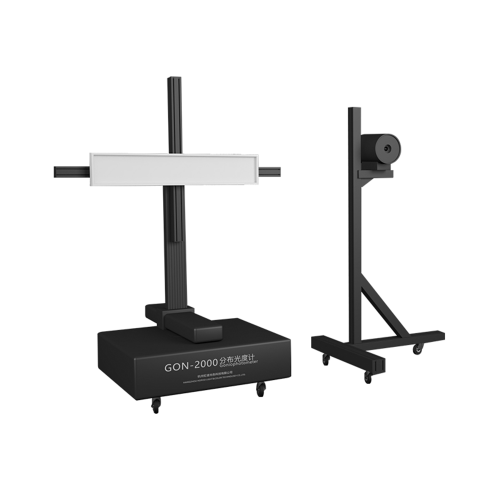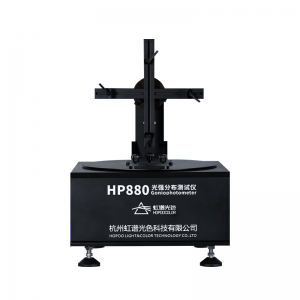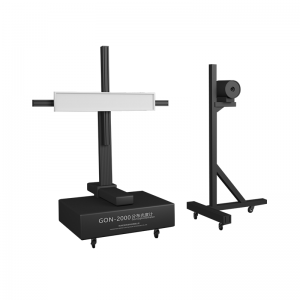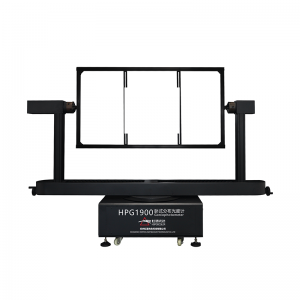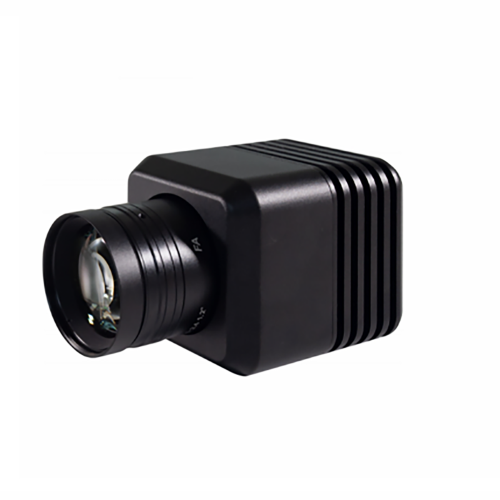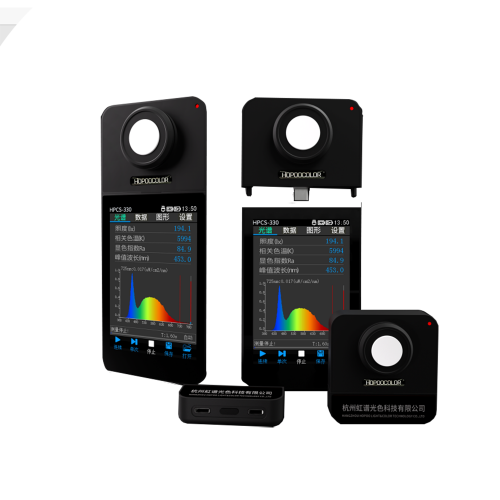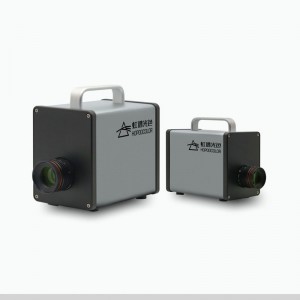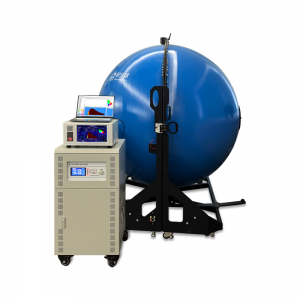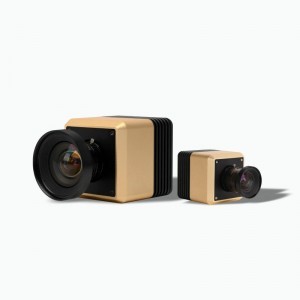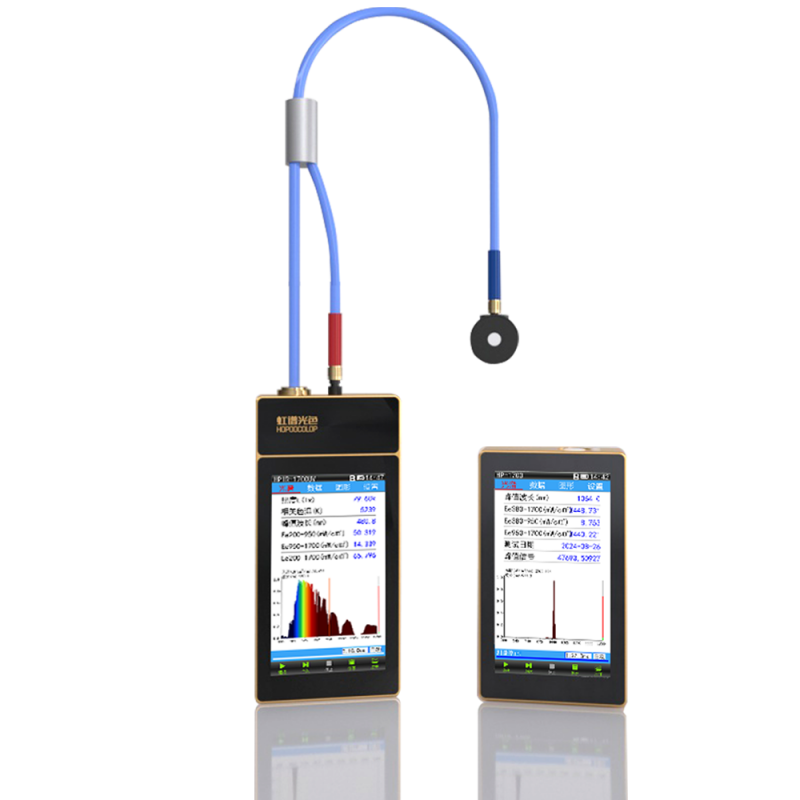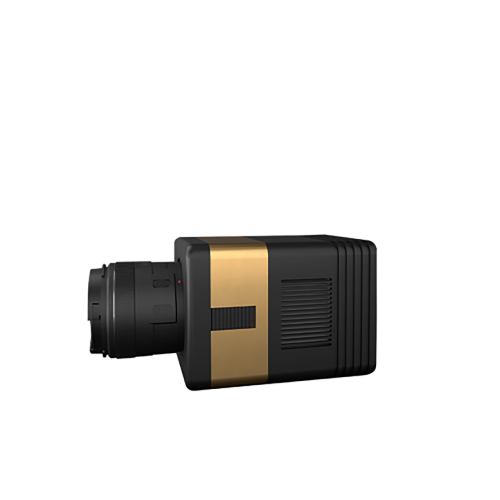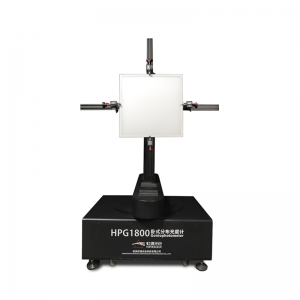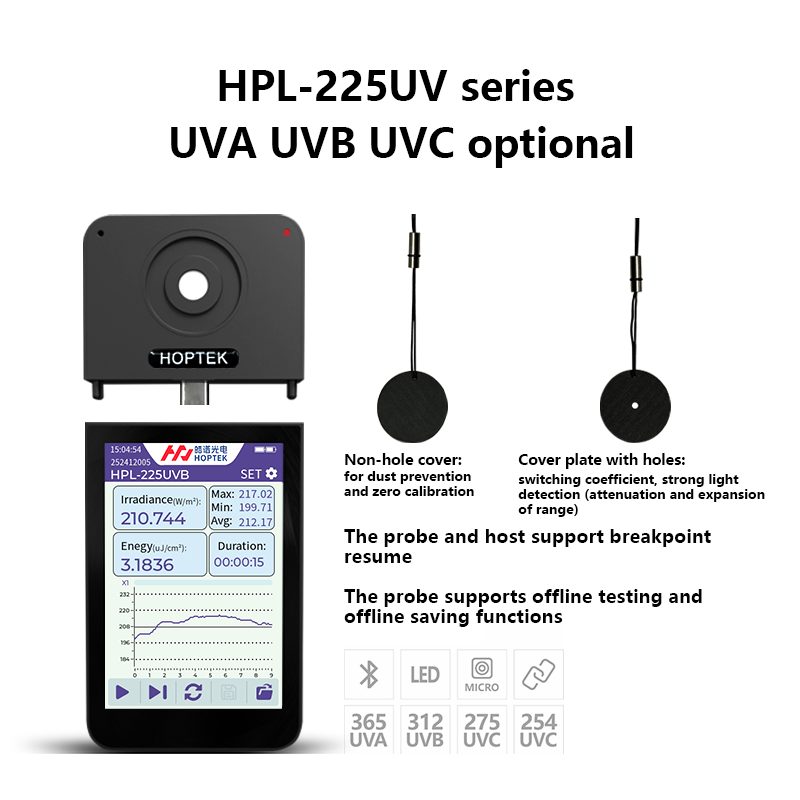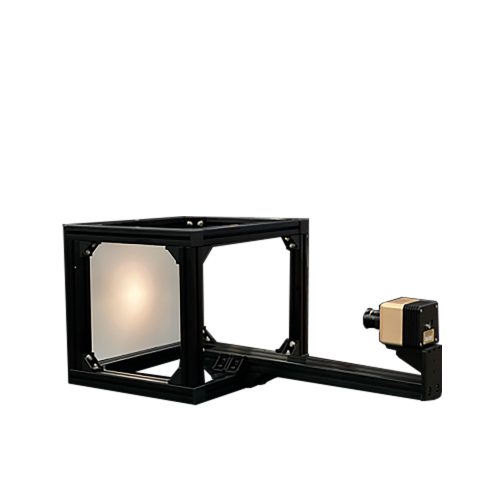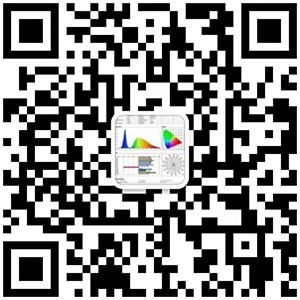Product description and applicable:
According to CIE, IESNA, national standards and other requirements, the C-Y measurement method is realized by rotating the lamp. Used to measure the spatial light intensity distribution and various photometric parameters of various LED indoor lighting fixtures, floodlights, and road lighting fixtures. Equipped with a special spectrum analyzer, spatial chromaticity characteristics can be measured.

Main technical features:
1. The lamp under test can rotate around the vertical axis and the horizontal axis, and the rotation range is: ±180° (or 0~360°)
2. Advanced commutator using precious metal fiber point brush technology. Achieve uninterrupted continuous measurement, no winding, intelligent start and stop, smooth rotation, low noise
3. The quantitative data meets the requirements of international and domestic standards, and is output in international common file formats such as IESNA and can be directly called by other lighting and lamp design software.
4. Highly stable probe holder with light-shielding grating, adjustable height, adjustable up and down and left and right tilt angles
Main Specifications:
1. High-precision constant temperature probe (constant temperature point 35 ± 1 degree, constant temperature accuracy ± 0.1 degree)
2.V (λ) correction accuracy: CIE standard level (f1'<0.03)
3. Maximum test distance: 2 meters to 30 meters
4. Illuminance measurement range: 0.001lx to 200 klx, 5-speed automatic range
5. Photometric probe connection cable length: 20 meters (can be lengthened for special requirements)
6. Angle accuracy: 0.1°, angular resolution: 0.01°
Darkroom diagram:
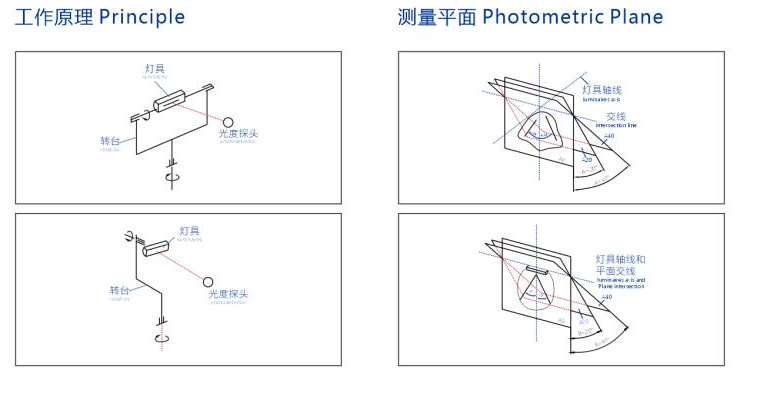

Rich software features:
1. Control the rotation of the rotary table, collect the light intensity distribution data of the lamp, and calculate the photometric data of the lamp and the conversion of the coordinate system;
2. Including spatial light intensity distribution, light intensity distribution curve on any cross-section (can be displayed in rectangular coordinate system or polar coordinate system respectively), spatial equal light intensity curve, plane equal illumination distribution curve, brightness limit curve, annular luminous flux, Glare level, lamp efficiency, effective luminous angle, upward luminous flux ratio, downward luminous flux ratio, total luminous flux of the lamp, effective luminous flux, and utilization coefficient.
3. Export lamp files that comply with international standards and can be directly imported into lighting design software. The format description is as follows:
*.HPG iridescent light color HPG series goniophotometer test data file format;
*.IES IESNA North American standard format, including version 95 and 2002;
*.LDT EULUMDAT German Standard (European) Qualification Examination Document;
4. According to the type of lamp under test, such as street lamps, outdoor lamps, indoor lamps or floodlights, etc., the corresponding printed report can be output and can be directly saved as a PDF file to facilitate communication and archiving.
Main reference standards:
LM-79-2008 Electrical and photometric measurement certification methods for solid-state lighting products;
GB/T9468-2008 General requirements for light distribution measurement of lamps;
LB/T 001-2008 Integral LED street lamp measurement method;
GB/T 24824-2009 LED module measurement method for general lighting;
GB/T7002-2008 Photometric test of floodlight lighting;
CIE 69 Methods of Characterizing Illuminance Meters and Luminance Meters;
CIE 70-1987 The measurement of absolute luminous intensity distributions;
CIE 121-1996 The photometry of goniophotometer of luminaries;
CIE 84 Measurement of luminous flux;
IESNA LM-75 Goniophotometer Types and Photometric Coordinates;
